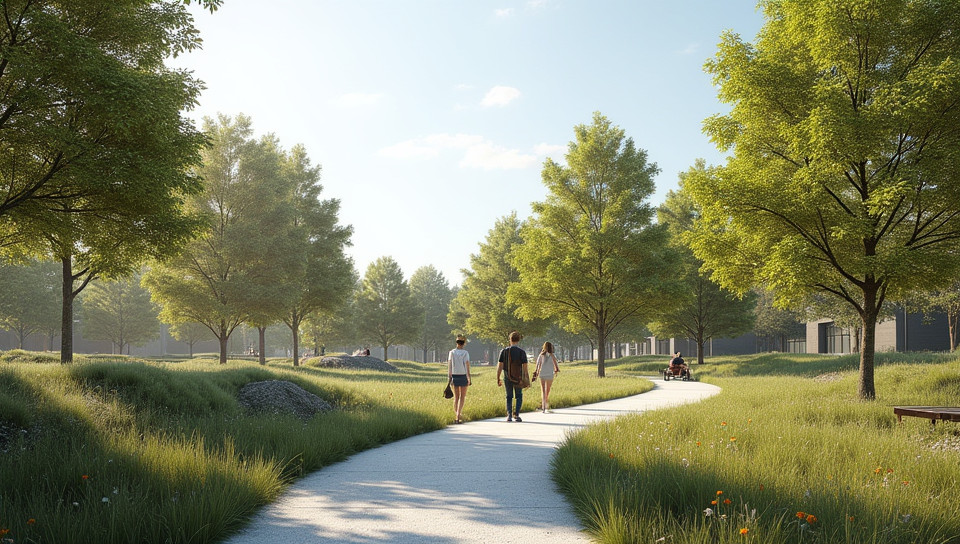Landscape designers use soundwalking for spatial analysis 54%

The Sonic Landscape: How Soundwalking Enhances Spatial Analysis for Landscape Designers
Imagine walking through a park or forest, surrounded by the soothing sounds of nature. The rustling of leaves, chirping birds, and gentle breeze create a symphony of sound that shapes our experience of the environment. For landscape designers, understanding the auditory dimension of outdoor spaces is crucial to creating meaningful and functional designs. This is where soundwalking comes in – a method that combines walking and listening to analyze and interpret the sonic qualities of landscapes.
What is Soundwalking?
Soundwalking involves a slow and deliberate walk through an area while paying attention to the sounds present. It's not just about hearing the noise, but also about observing the visual and spatial relationships between different sound sources. By using this approach, landscape designers can gain a deeper understanding of how people interact with their surroundings and identify areas for improvement.
The Benefits of Soundwalking
Soundwalking offers several benefits to landscape designers:
- Improved understanding of user experience
- Enhanced site analysis
- Identification of potential design issues
- Development of innovative solutions
Putting Soundwalking into Practice
Landscape designers can incorporate soundwalking into their workflow by following these steps:
- Choose a site: Select a location for the soundwalk, taking into account factors like accessibility and safety.
- Develop a route: Plan a walking path that covers different areas of the site, including transitions between spaces.
- Record sounds: Use audio equipment to capture the sonic landscape during the walk, noting any notable features or issues.
- Analyze data: Review the recordings, identifying patterns and correlations between sound sources and spatial relationships.
The Future of Soundwalking
As technology advances, soundwalking is becoming more accessible and sophisticated. New tools and techniques are emerging, such as acoustic modeling software and mobile apps that allow designers to create sonic maps and track changes over time. These advancements will enable landscape designers to take a more comprehensive approach to spatial analysis, incorporating the auditory dimension in ways previously unimaginable.
Conclusion
Soundwalking is a powerful tool for landscape designers, offering a unique perspective on the complex relationships between people, spaces, and sound. By embracing this approach, designers can create outdoor environments that are not only aesthetically pleasing but also functional, inclusive, and responsive to human needs. As our understanding of the sonic landscape continues to evolve, it's clear that soundwalking will play an increasingly important role in shaping the future of landscape design.
- Created by: Kiara Singh
- Created at: Jan. 15, 2025, 1:25 p.m.
- ID: 17888







